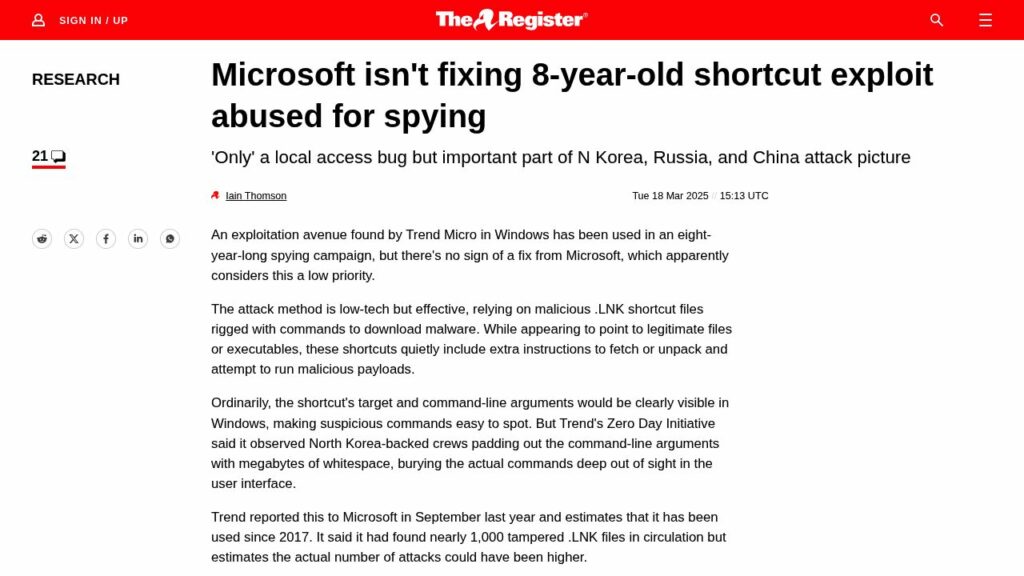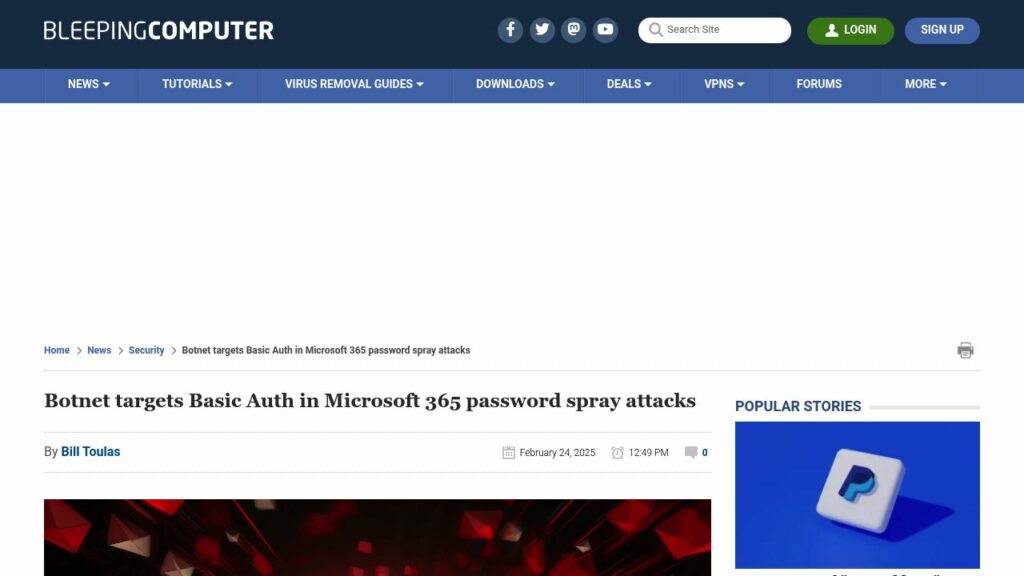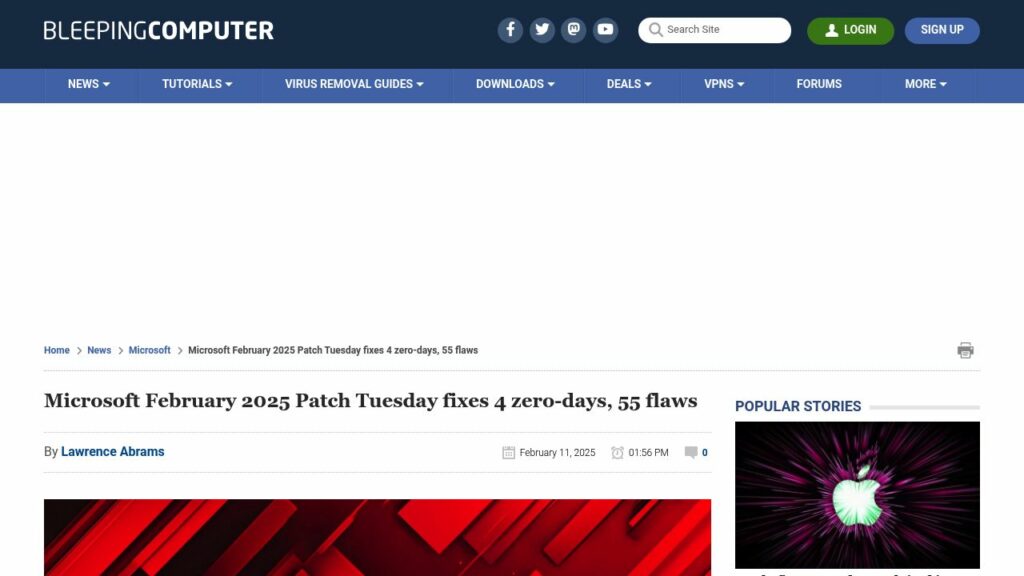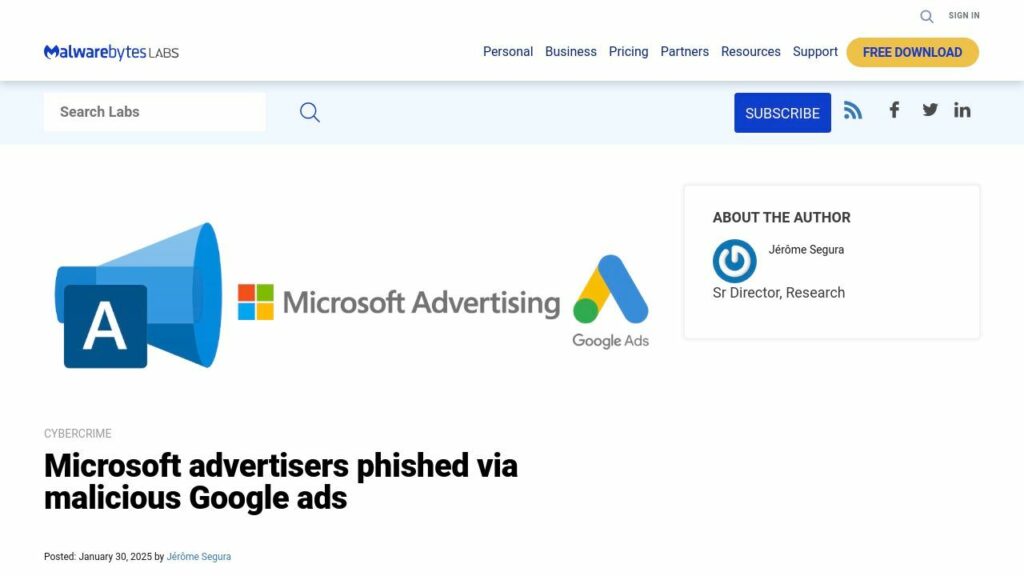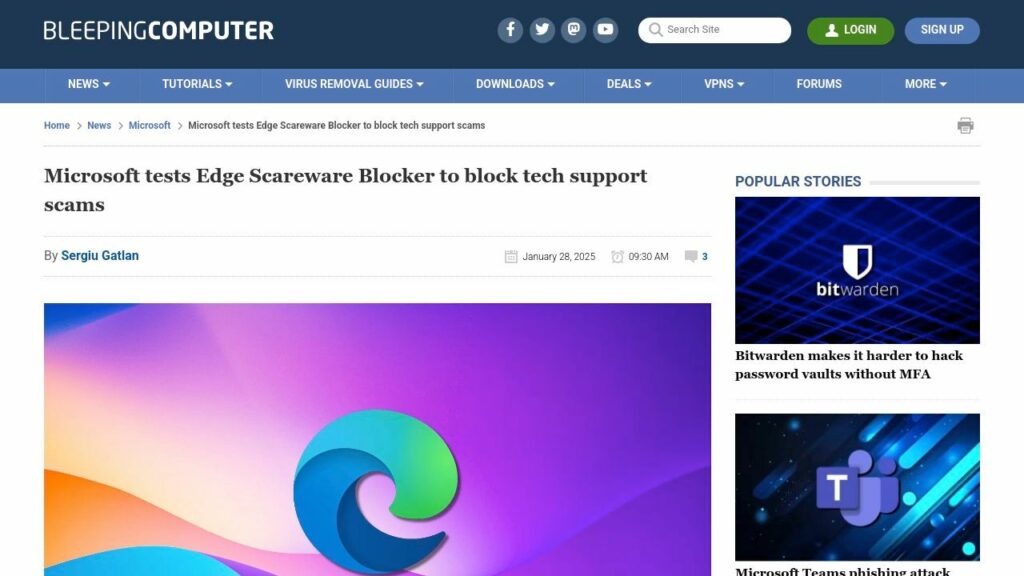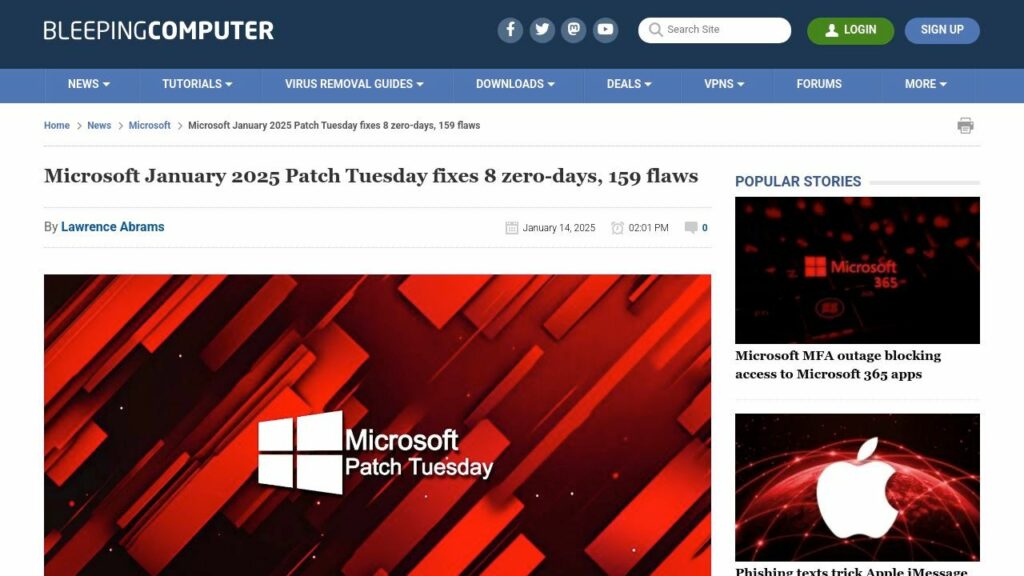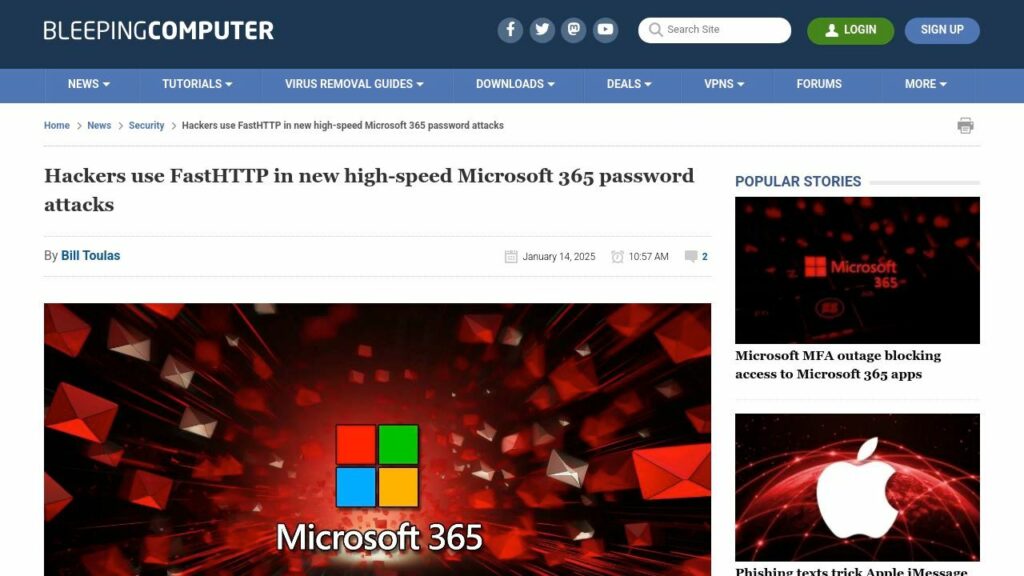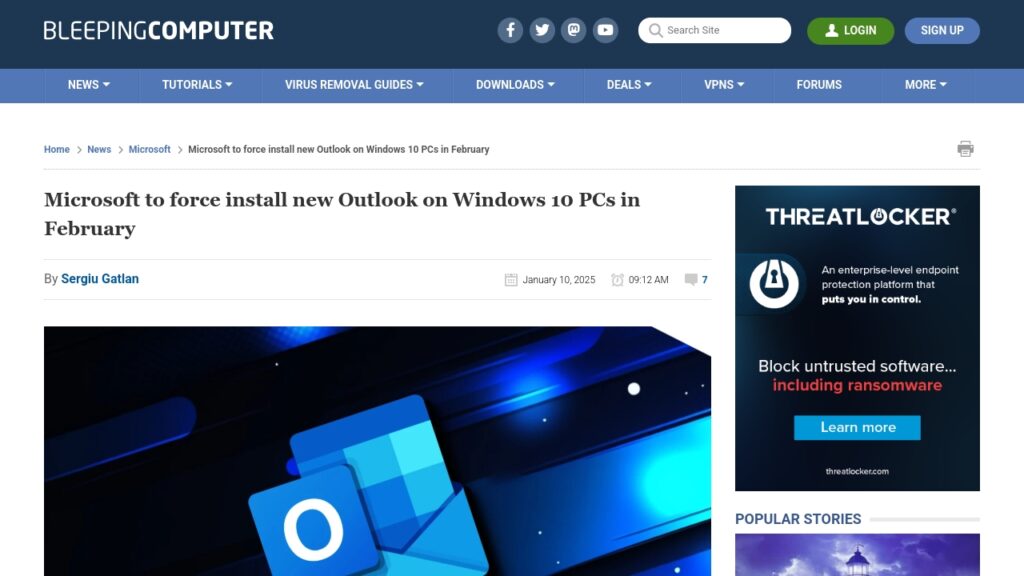Microsoft Isn’t Fixing 8-year-old Zero Day Used for Spying • The Register
Microsoft is ignoring an 8-year-old Windows exploit involving .LNK shortcut files used for surveillance, treating it as a low-priority issue despite its effectiveness in espionage. Trend Micro discovered the flaw, which allows attackers to hide malicious commands, affecting mainly state-sponsored actors from countries like North Korea and Russia. Microsoft claims it's a user-interface issue rather than a security threat, suggesting a possible fix in future updates but no immediate action.
https://www.theregister.com/2025/03/18/microsoft_trend_flaw/
